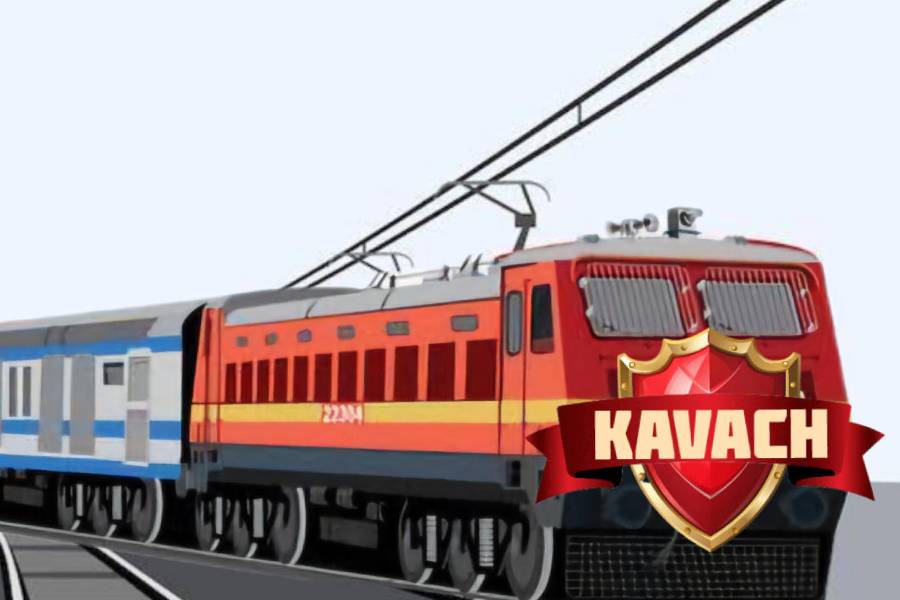The spate of train accidents has brought into focus the anti-collision system, Kavach. This year’s railway budget identified safety as a priority. For 2024-25, a sum of Rs 1,112.57 crore — a 50% increase from the interim budget — had been allocated to instal Kavach. However, in a written response in July, the railways ministry clarified that Kavach has been deployed on only 1,465 kilometres in the South Central Railway — close to 2% of the total 68,426 km network. According to its estimate, at least Rs 45,000 crore will be required to equip all railway routes with Kavach. Going by the budgeted amount, it will take years for Kavach to be rolled out across the entire railway network. Does the railways have the capacity to roll out the system in a time-bound manner?
Kavach is modelled on the European train control system. In Europe, it is also used as a signalling system, a necessity in the European railways given the high cost of labour in the European Union. Kavach has five main elements, including the laying out of optical fibre throughout a route, which implies the installation of telecom towers at every 4-5 km with a data centre at every station. The signals between two stations are integrated into the data centre along with electronic interlocking. The track is also fitted with radio-frequency identification devices while another device is fitted above each loco. For all these reasons, Kavach is a complex project requiring massive work in terms of money, time and labour.
There do exist alternative systems that can be installed at a faster pace.
Consider the computer-assisted anti-collision device in automobiles. Most anti-collision system technologies use cameras for image recognition and either a radar or a laser to detect the proximity of other objects. They may also include a GPS sensor to detect fixed objects that a driver might not see. Most devices are fitted only in automobiles, unlike Kavach where one needs to instal other devices along an entire railway route apart from fitting the device in the engine.
In the case of airlines, surveillance radar helps aircraft monitor whether there are other aircraft in the vicinity. A computer analysis determines which aircraft represents potential collision threats. But trains confront a set of specific challenges in this respect: the manoeuvring possibilities are considerably reduced and, thus, the reaction options are mainly limited to applying the brakes of the train. The potential speed of the trains, combined with the reduced reaction capabilities and the geographical proximity between adjacent rails, leads to a high accuracy requirement on position determination.
In this context, a system developed by The German Aerospace Center offers an interesting alternative. With the Railway Collision Avoidance System, there is no need for any line equipment — the trains communicate directly with each other and there is a warning alert in the unlikely case of a possible collision. Central to this system is the regular exchange of relevant information about position, direction of travel, and speed via train-to-train radio communication without a base station. All leading rail vehicles — locomotives, motorcars and, possibly, control cars — are equipped with a vehicle unit. This comprises a positioning and a communication component. The latter sends its own driving parameters continually via radio directly to all trains in the immediate vicinity and receives this information from other vehicle units at the same time. It can identify situations of potential conflict by comparing its own data with those of the received data.
The investment necessary for this system is cheap compared to other rail anti-collision systems. Moreover, as it involves installing devices only in the loco car/engine, it can be implemented in a time-bound manner compared to Kavach that requires the laying of optical fibre and the building of data centres all along the route.
Sanjib Pohit is a professor at NCAER. Views are personal











